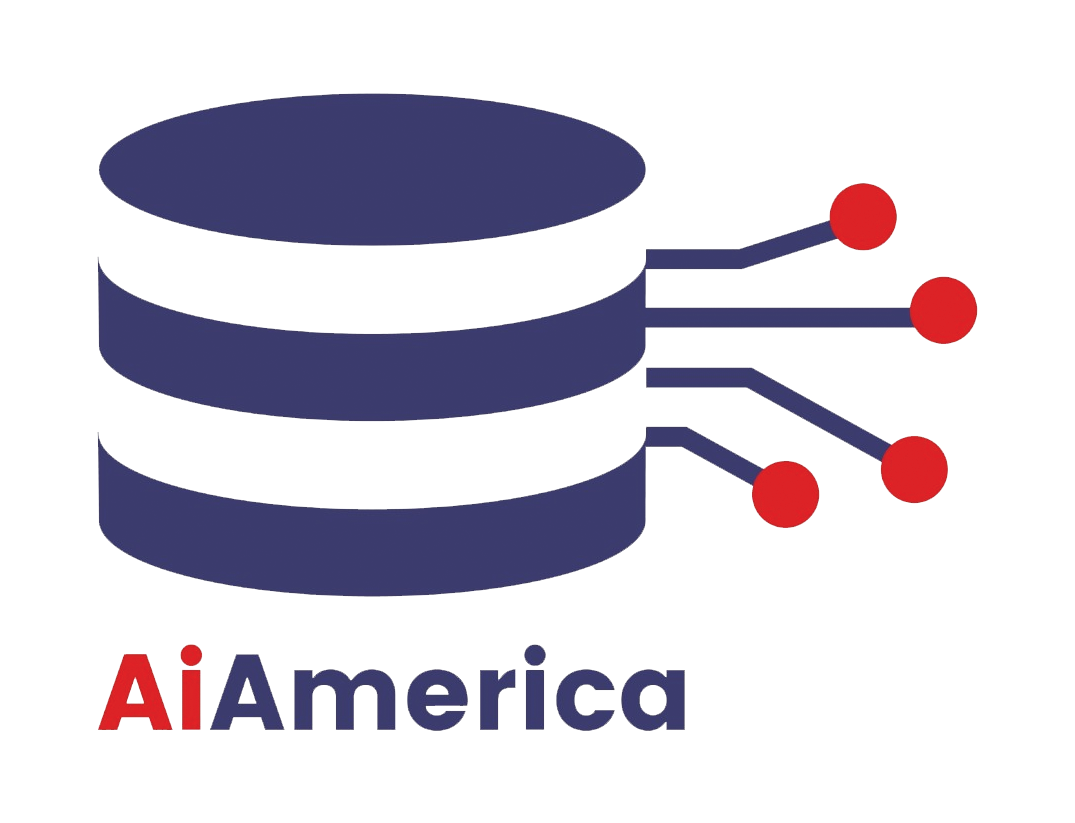
Close

In the realm of data analysis, uncovering hidden structures and patterns within datasets is akin to discovering buried treasures. K-Medoid clustering, a robust unsupervised learning technique, serves as a guiding compass through this data-rich landscape. At AI America, we understand the transformative potential of K-Medoid clustering in revealing insights and steering data-driven decision-making. In this blog post, we embark on a journey to demystify K-Medoid clustering, explore its significance, and illuminate its practical applications.
K-Medoid Clustering: A Bird’s Eye View
K-Medoid clustering, a cousin of the more popular K-Means algorithm, is designed to find clusters within datasets by identifying representative data points known as “medoids.” Unlike K-Means, K-Medoid is more robust to outliers and works well with various types of data, making it a versatile tool in the data scientist’s toolkit.
Understanding the K-Medoid Process: From Data to Clusters
To harness the power of K-Medoid clustering, it’s vital to comprehend its inner workings:
Initialization: Similar to K-Means, K-Medoid starts by selecting K initial data points as medoids, where K represents the user-defined number of clusters.
Assignment: Each data point is assigned to the nearest medoid based on a distance metric, typically utilizing measures like Manhattan distance or Euclidean distance.
Update Medoids: The algorithm iteratively evaluates if swapping a non-medoid point with a medoid point would decrease the total distance within the cluster. If so, the point is replaced as the new medoid.
Repeat: Steps 2 and 3 are performed iteratively until convergence is achieved, indicating that medoids no longer change.
Result: The final medoids represent the cluster centers, and each data point belongs to the cluster characterized by the nearest medoid.
Practical Applications of K-Medoid Clustering
K-Medoid clustering finds applications in a variety of domains, including:
Healthcare: Identifying patient clusters with similar medical histories for personalized treatment plans.
Retail: Grouping customers based on purchasing behavior to optimize marketing strategies.
Anomaly Detection: Detecting unusual patterns or outliers in data, such as fraud detection.
Recommendation Systems: Recommending products or content to users with similar preferences.
The AI America Advantage: Where Expertise Meets Insights
AI America stands apart with our deep understanding of both the algorithmic aspects of K-Medoid clustering and the real-world domains where it is applied. Our data scientists collaborate with industry experts to create clustering solutions that yield actionable results.
Conclusion: Illuminating Data Landscapes with K-Medoid
In an era where data holds the key to innovation, K-Medoid clustering emerges as a guiding light, unveiling insights and structures within datasets. At AI America, we are committed to helping organizations unlock the potential of K-Medoid clustering, enabling informed decisions, uncovering hidden patterns, and driving progress. As we continue to innovate and refine our clustering techniques, we are confident that K-Medoid will continue to shape the future of industries, one cluster at a time.